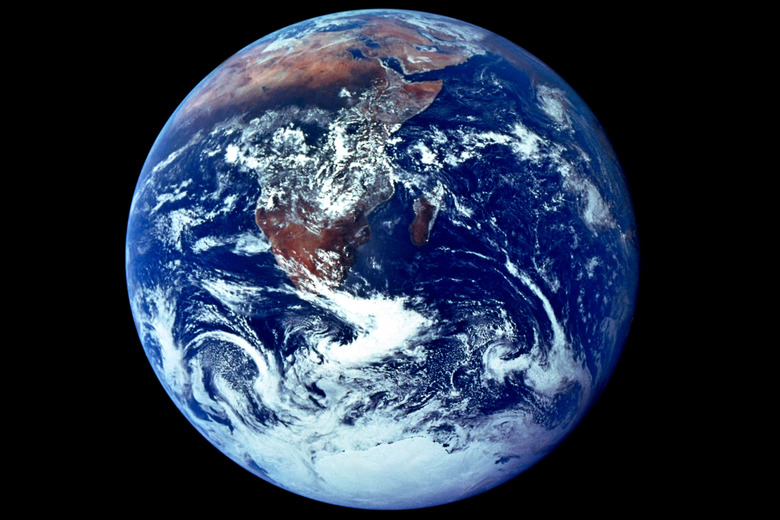Earth's Structure From The Crust To The Inner Core
The Earth consists of layers from the crust to the core made up of varying materials and consistencies. These layers are stratified due to different temperatures throughout the different depths; temperature and pressure increases toward the center of the Earth. The four primary layers, the crust, mantle, outer core and inner core, have additional zones contained within them.
Crust
Crust
The crust is the outermost layer of the Earth. Compared to the rest of the layers, the crust is relatively thin and light. Continental parts of the crust are mostly granite, and continental crust averages 30 km deep. Oceanic crust is thinner, with an average depth of 5 km. Oceanic crust is made of denser basaltic rock, and lighter continental granite can ride on top of oceanic plates as tectonic plates shift.
Mantle
Mantle
Beneath the crust, lies the mantle, a 2,900-km deep layer of hot rock. Although the crust is also made of rock, the mantle contains more iron, magnesium and calcium. Its temperature is roughly between 900 and 2,200 degrees Celsius. The outer part of the mantle is cooler and more solid than the deeper mantle. The outer mantle and crust combine to form the rigid rock layer known as the lithosphere. Due to higher pressures and temperatures, the deeper part of the mantle is more plastic than the outer portion. This area, known as the asthenosphere, is capable of flowing slowly and may have convection currents. When the Earth's plates shift, the hard lithosphere is floating and moving on top of the softer asthenosphere.
Outer Core
Outer Core
Beneath the mantle, lies the outer core. The outer core of the Earth is made of extremely hot iron and nickel. Its temperature ranges from 2,200 to 5,000 degrees Celsius, and it is about 2,200 km thick. Because of these high temperatures, the metals in the outer core are melted. As the Earth spins, the outer core also spins and contributes to the Earth's magnetic field.
Inner Core
Inner Core
At the center of the Earth is the inner core. Although the inner core is hotter on average than the outer core — approaching 5,000 degrees Celsius — it is solid because the center of the Earth is under higher pressures than outer layers. The inner core is at pressures 3 million times higher than what we experience on land on the Earth's crust. The inner core is 1,250 km thick.
Cite This Article
MLA
Chinn, Lisa. "Earth's Structure From The Crust To The Inner Core" sciencing.com, https://www.sciencing.com/earths-structure-crust-inner-core-16911/. 24 April 2017.
APA
Chinn, Lisa. (2017, April 24). Earth's Structure From The Crust To The Inner Core. sciencing.com. Retrieved from https://www.sciencing.com/earths-structure-crust-inner-core-16911/
Chicago
Chinn, Lisa. Earth's Structure From The Crust To The Inner Core last modified March 24, 2022. https://www.sciencing.com/earths-structure-crust-inner-core-16911/

